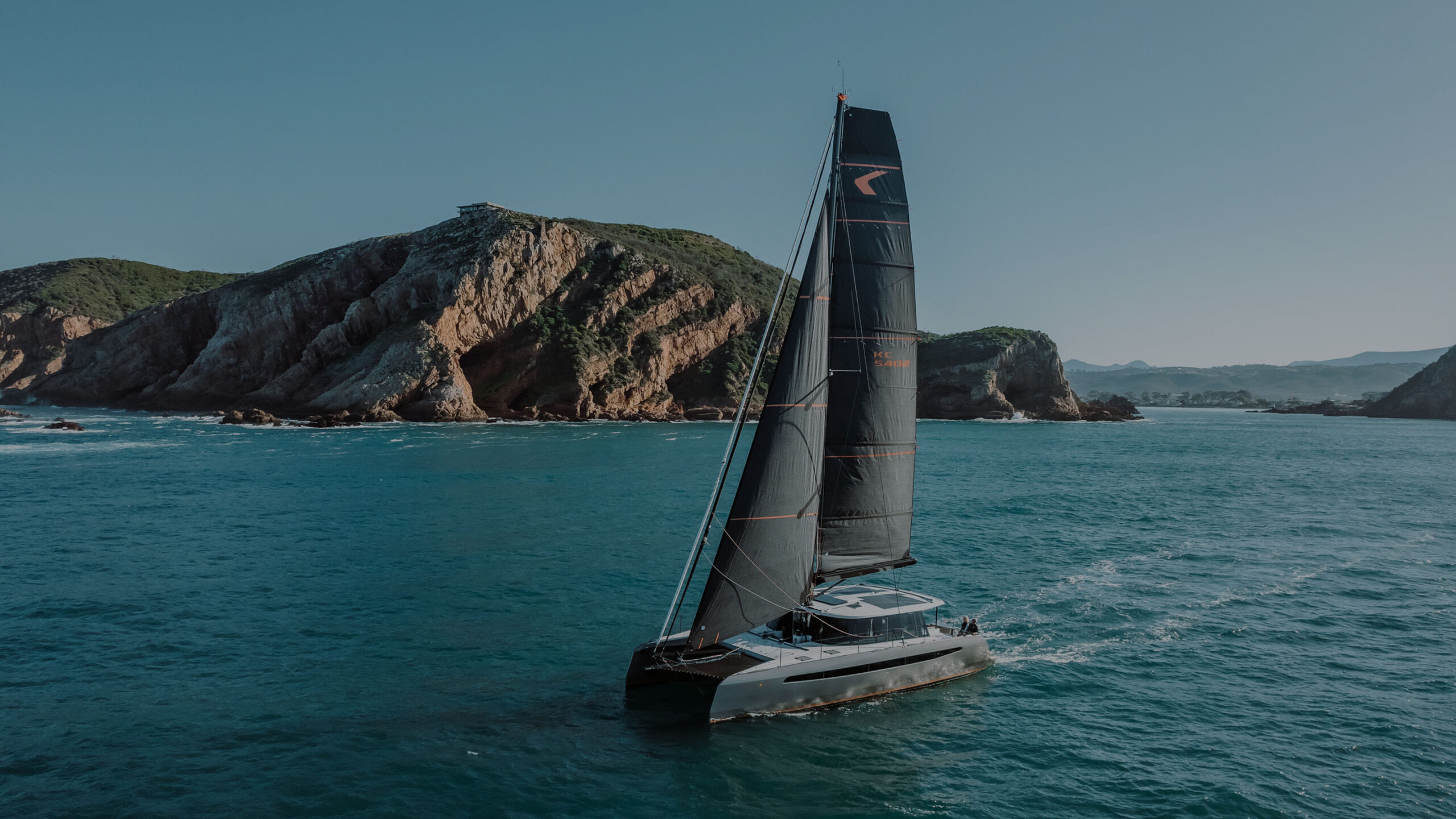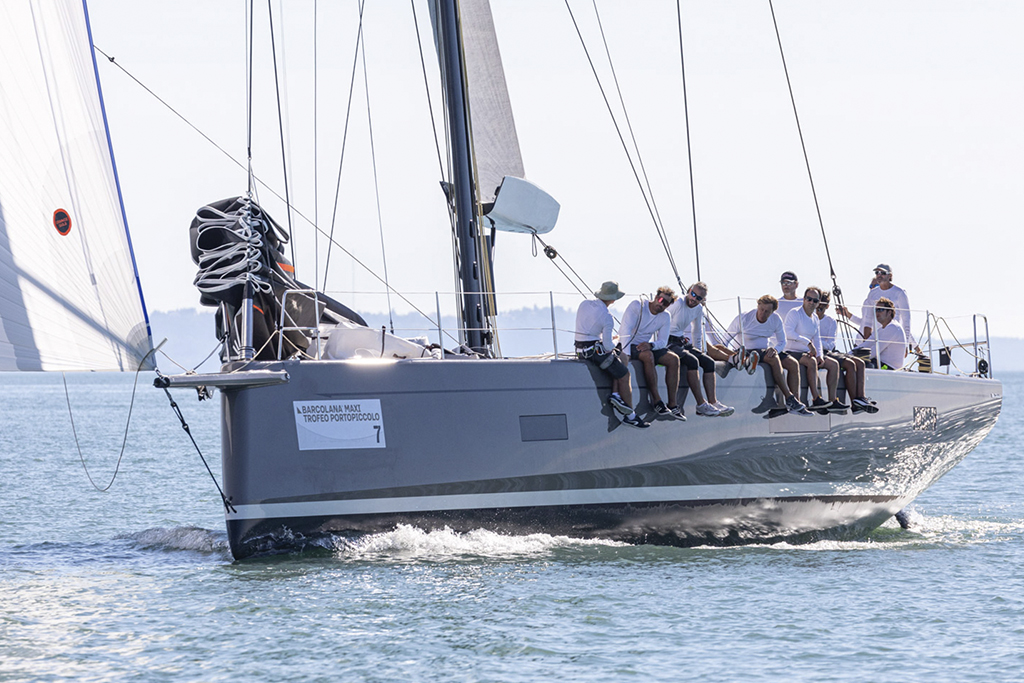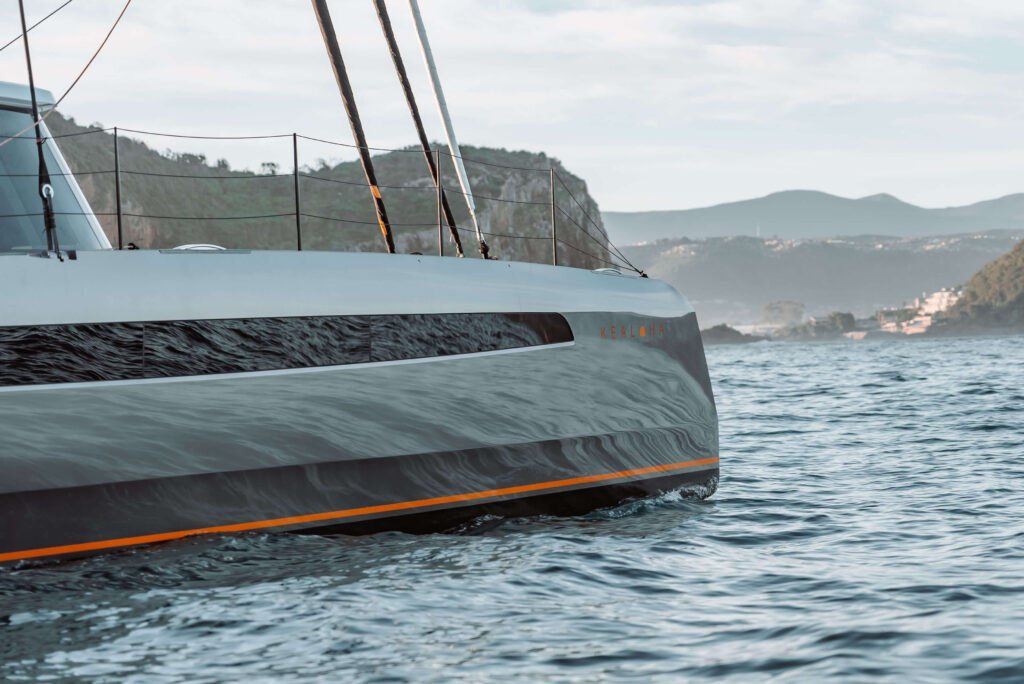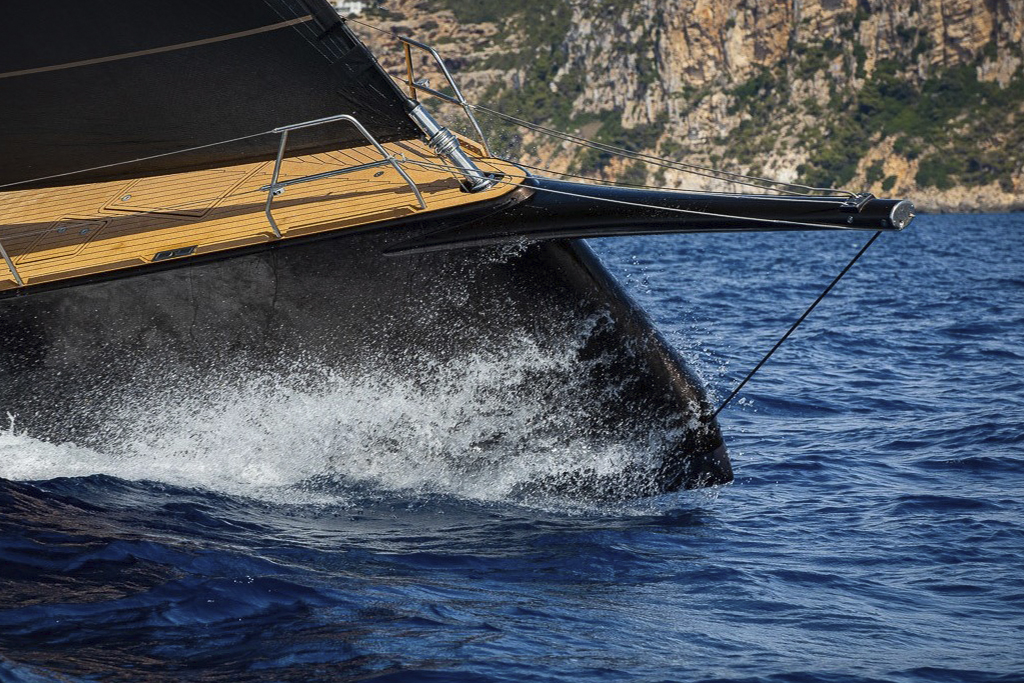Lateral rigging
Lateral rigging on a sailing yacht refers to the standing rigging components that provide support and stability to the mast in a lateral (side-to-side) direction. This rigging is crucial for maintaining the shape and integrity of the mast, which, in turn, affects the sail’s performance and the overall handling of the yacht.






